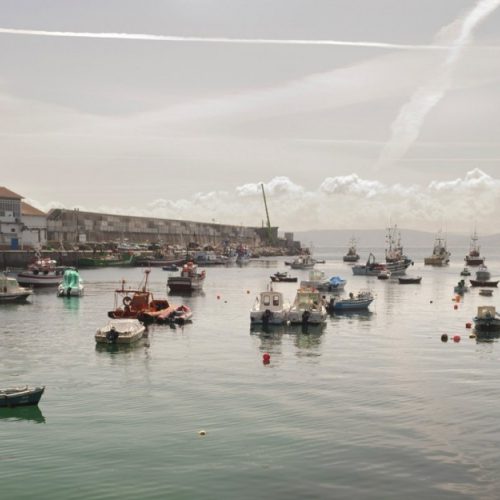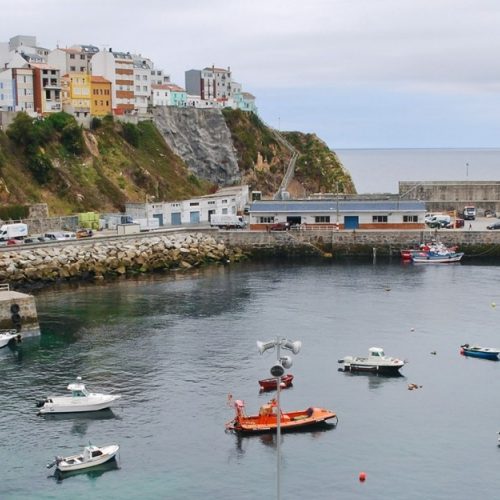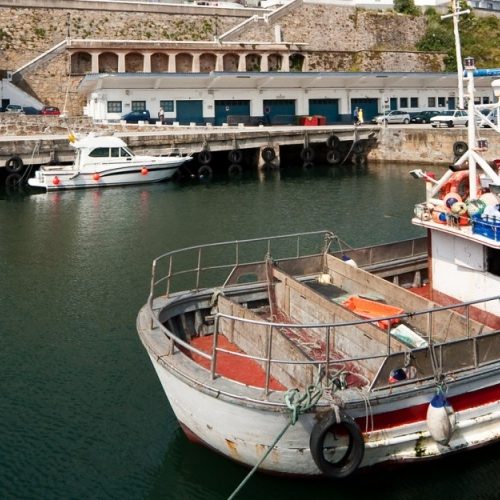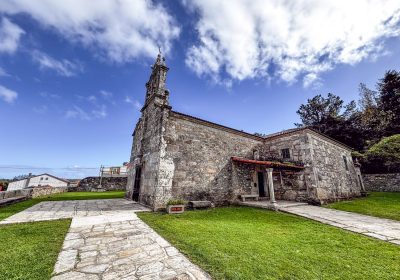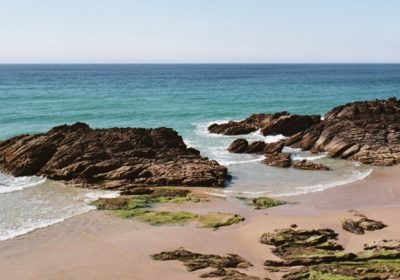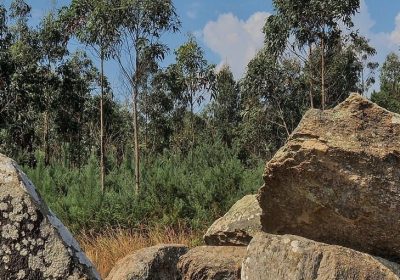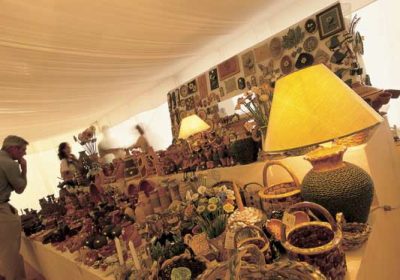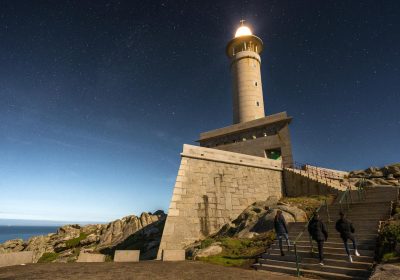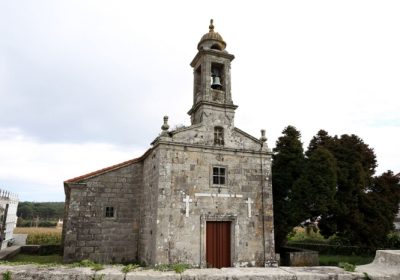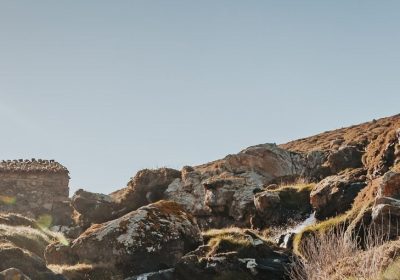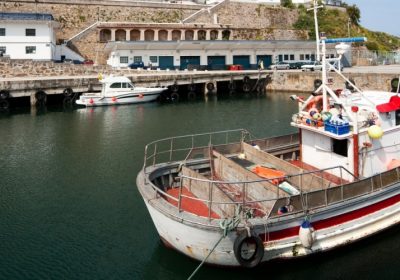Malpica is the largest inshore fishing port in A Costa da Morte. A fishing village of great tradition, with narrow and intertwined streets and the smell of the sea.
The town of Malpica stands out for its port, an ideal place to observe the entry and exit of the boats, surrounded by the shouting of the seagulls, and the auctions of the fish market… It also lends itself to entering one of the taverns or restaurants to taste fish and seafood fresh from the sea. In the seventeenth century it was one of the most outstanding whaling ports, however today its discharges are focused on inshore fish and seafood.
You will be able to immerse yourself in the marine atmosphere, see how the netters repair the gear and the sailors unload the fish and seafood. There are numerous viewpoints from where you can enjoy exceptional views of the Gulf of Ártabro or the Sisargas Islands.
Near the dock, in the Casa del Pescador, the Lugrís Urban Museum is a must-see, where you will find murals by this surrealist painter of deeply seafaring inspiration. The marine flora and fauna, the landscape and the legends of the sea are the inspiration for most of his Malpicano works.
It is interesting, as well as instructive and very curious, to visit the fish market. The freshest fish and the tastiest seafood bid in the traditional way. A practice that continues to be maintained today in the face of technological advances. Without a doubt, the most eye-catching auction is the one at five in the afternoon in which the boats of the day unload a wide variety of species at the fish market.
The port of Malpica has its origin in the seventeenth century as a whaling port. Today it is one of the most important inshore fishing ports in Galicia. From it come the tarrafas, boats of up to 50 tons, dedicated to the fishing of horse mackerel and sardines. They fish at night from Laxe to Cariño with the art of the tarrafa, a long net of 550*90 meters, with which they fence the schools of fish. From this port also depart, from morning to afternoon, the boats of the day, smaller tonnage boats dedicated to fishing crustaceans, cephalopods and white fish, for which they use various gears: minos, pots, betas or longlines.
Malpica boats unload in this port, among other fish: sardines, horse mackerel, rays, melgachos, pollocks, soles, sea bream, octopus, spider crabs, crabs and barnacles.


